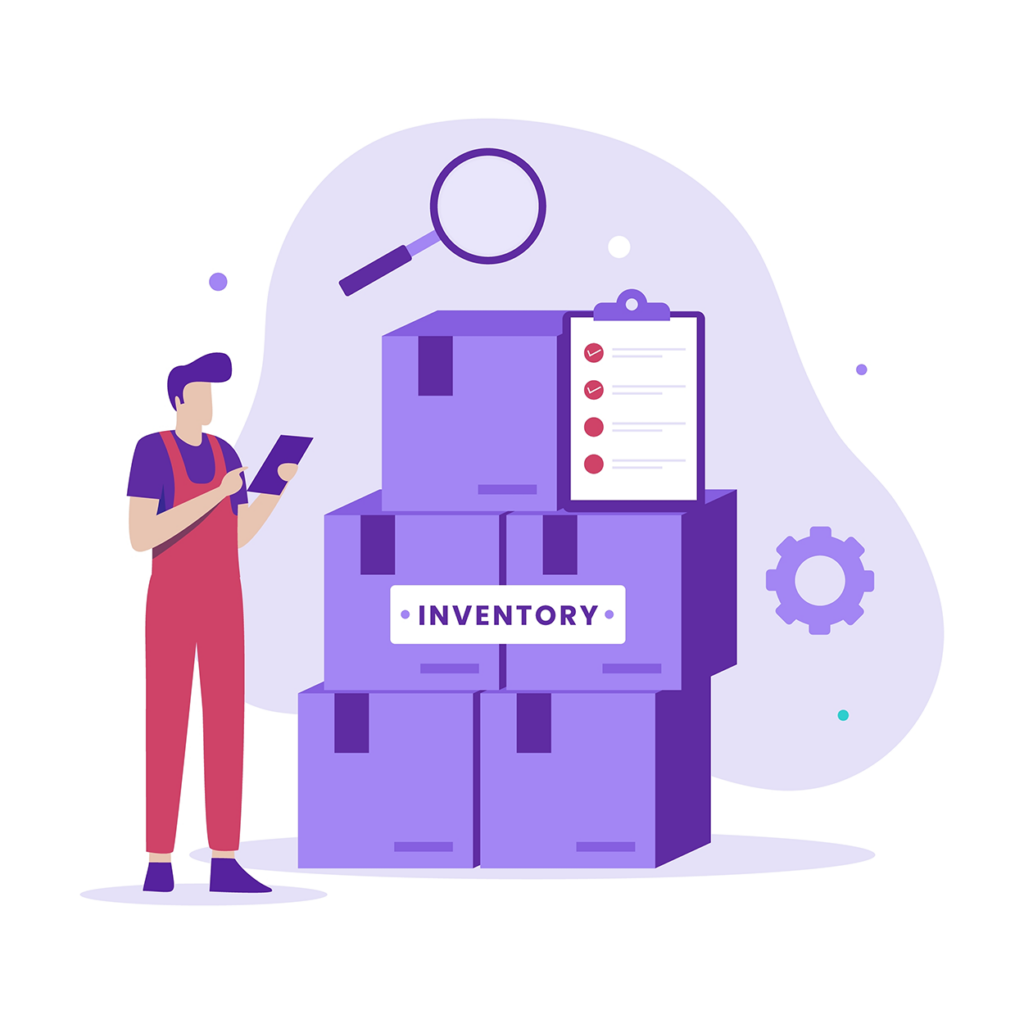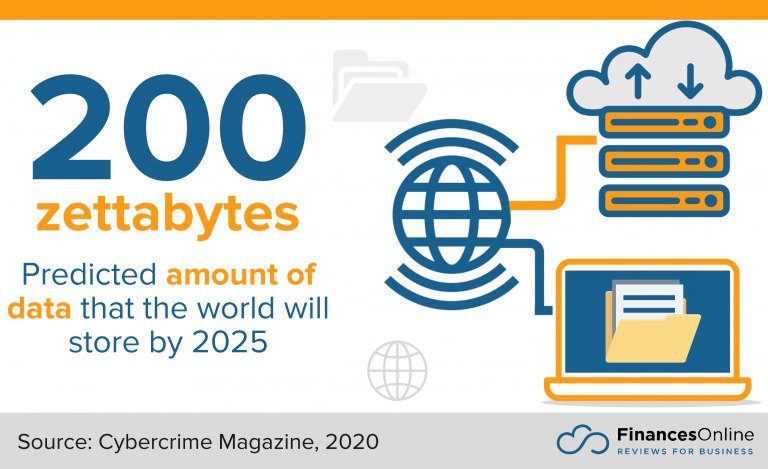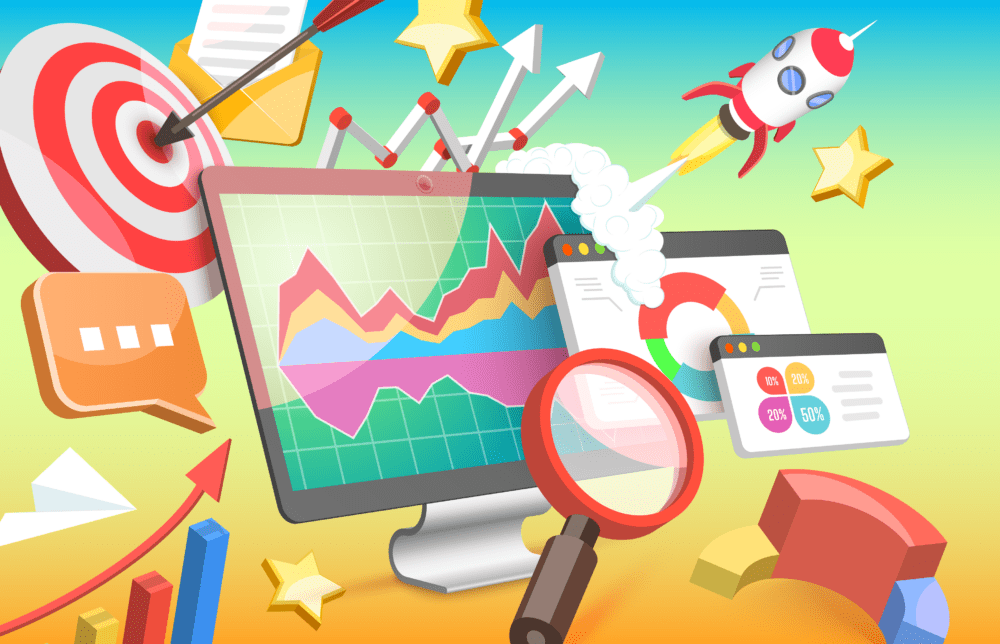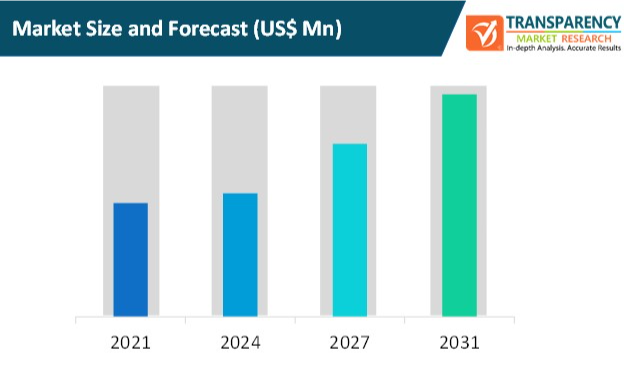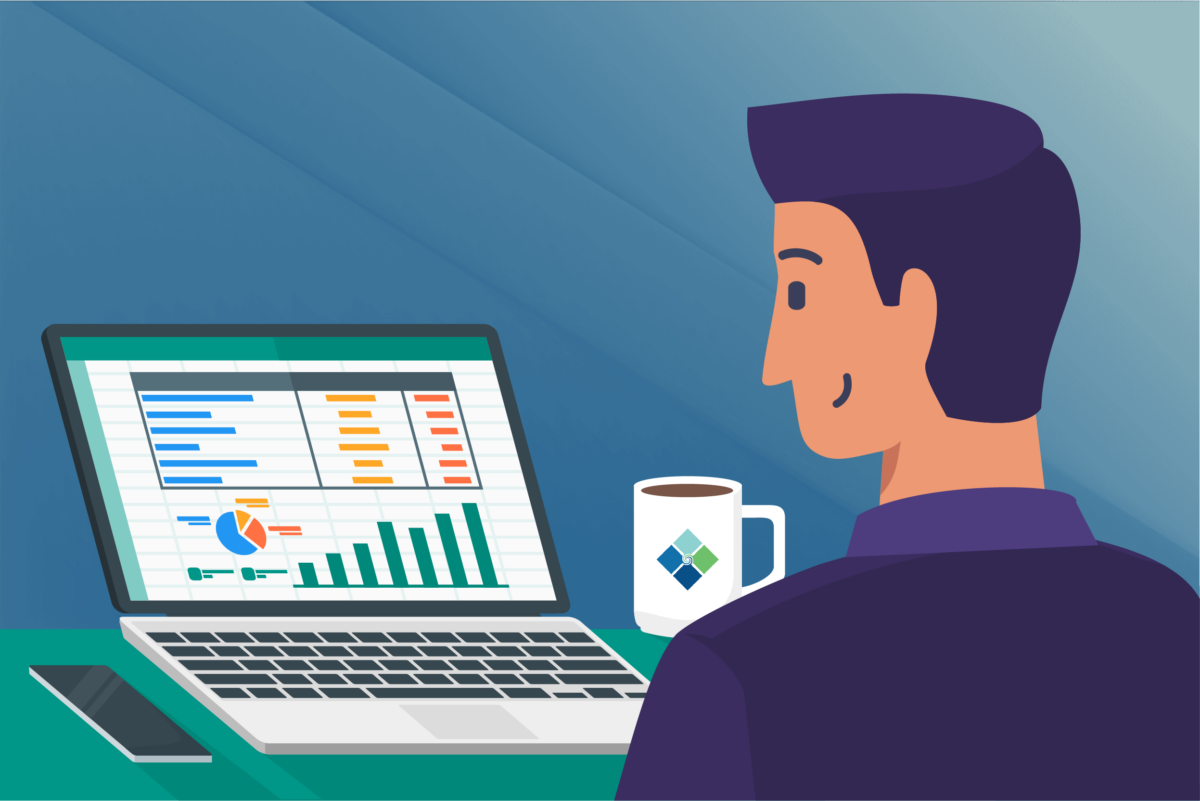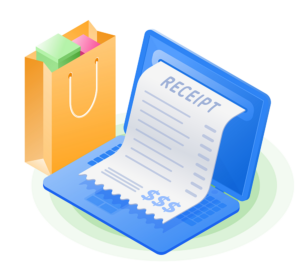When your SME relies heavily on managing inventory, you want to make sure that your inventory management system is as organized and accurate as possible. To be more specific, you want to keep your inventory management system set up in a way that avoids what some refer to as organizational lag— “the inability to adapt, in lock-step, with the rapidly evolving external environment to remain competitive.” This includes the flow of assorted company data (customer info, receipts, notes, etc.) as well as inventory data. The goal? Keeping all of your employees up to date with the most accurate data possible.
Instead of using scattered sticky notes or scrambled spreadsheets, an inventory management software system designed specifically for the needs of SMEs is the more reliable and versatile solution. Not only does inventory management software keep all of your stock organized, but it can also automate a lot of the order management process while being more cost-efficient and drastically reducing the ability for human error to cause major problems.
Inventory Management: Overseeing Stock and Orders
While keeping track of stock is obviously an important feature of inventory management software, it’s far from the only thing that it can do. In addition to keeping track of stock, inventory management software can create a bill of materials (BOM). It’s important to always be able to see how much material is needed to expand your current stock, to have the ability to update lists when new items are created, and even notify the right employees and vendors when stock is running low. Furthermore, inventory management software can assist with the other main aspect of inventory, order management.
When sales occur, inventory management software can immediately and automatically place a purchase order to restore the inventory that was just bought. The right inventory management software can also help during the sales process by adding visuals and other informative assets to give customers additional insight and information about the product that they’re buying. When items are sent out for delivery or making their way to you to be stocked and sorted, inventory management software can record all of the important tracking info so you know where your items are and approximately how long it will take for them to be delivered.
Cost-Effectiveness of Inventory Management Software
One of the areas where inventory management software provides the most value is in how it can save your SME money by increasing operational efficiency. As previously mentioned, inventory management software can help create a BOM. That means that it can also give you an estimate on the cost of the materials, which in turn can help your enterprise with budgeting. By being able to view estimated costs within your inventory management system, you’ll be able to put together more accurate financial plans for other areas of your business knowing in advance what these costs will be.
Inventory management software automatically calculates the value of the inventory that you have in stock, as well as the value for projected inventory levels for any given period of time, i.e. during a busy season. Inventory management software can even automatically calculate your inventory turnover rate so that you meet consumer demand without overstocking. But the true benefit to inventory management software is in the way that it can reduce fixed assets. This helps your business stay more efficiently organized, saving space and storage. By knowing the exact location of your inventory, you can avoid wasting time hunting down the stock that you need. This way, you can maximize both labor and space.
One of the best aspects of utilizing an integrated inventory management system is that there are extremely cost effective options that get the job done accurately and efficiently. Most inventory management software is cloud-based, which means there is no need to maintain servers, hardware, or an extensive IT staff. Additionally, some systems are priced based on the size of your company, so your growing business doesn’t have to worry about paying what a Fortune 500 company would have to pay.
Fixing The Problem Of Human Error
Here is where you really get what you pay for when you invest in an inventory management software system: the vast reduction and elimination of errors. As humans, we inevitably make mistakes—an inventory management software system can help eliminate those errors. As Forbes aptly points out, “factors like lack of experience, attention loss or fatigue can result in employees forgetting to complete tasks…these errors might seem small but such lapses have caused businesses to lose millions every year.” While Forbes is talking on the scale of large businesses, that doesn’t mean that the impact is any less significant for a growing business in terms of percentages of potential revenue lost. Additionally, the use of barcodes means that inventory is recorded more accurately than someone writing manual labels. In addition to more accurate labels, inventory management software is more efficient at organizing your inventory so that everything is stored neatly instead of like a complicated, 3D version of Tetris.
The Takeaway
While there are lots of different software solutions out there that serve an important purpose for businesses, inventory management software that’s integrated into the rest of your business’s processes can do everything that all of the other systems can do, and more. In addition to keeping track of orders, they can also manage your inventory stock and help save your company money by both mitigating human error in the process and by providing data on how much inventory to buy, when to buy it, and how to best store it.




